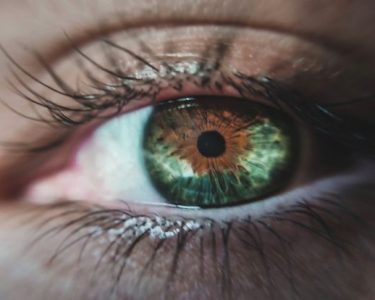A physiotherapist is a healthcare professional who promotes recovery after illness, injury, or disability. Movement and functional ability are restored to their full potential through this treatment. Clinical judgement and treatment decisions are made independently by physiotherapists. Patients are constantly re-evaluated after treatment, and the approach is adjusted accordingly.
The HCPC registered health care professionals such as physiotherapists in the UK. Physiotherapists treat people at all stages of life, including newborns and the elderly. They offer a holistic approach to health care and involve patients closely in their own treatment.
“PT” or “Physio” are sometimes abbreviations for physiotherapy. In a clinic or hospital, physiotherapists may work alone or with other professionals. Other team members may include doctors, nurses, psychologists, occupational therapists, etc. Click here to see in detail physio nearby.
A physiotherapist treats what?
A physiotherapist assesses, treats, and manages physical problems. These are connected with the circulatory, cardiovascular, neuromuscular, musculoskeletal, and respiratory systems of the body.
Physiotherapy for musculoskeletal conditions is the focus of this article.
Musculoskeletal Disorders
It is a physiotherapist’s responsibility to treat problems associated with muscles, bones, nerves, cartilage, tendons, ligaments, and joints. These include:
Spinal problems include low back pain and chronic low back pain. Degenerative disc disease, slipped discs, herniated discs, spinal stenosis, and herniated disc. Symptoms of osteoarthritis. Neck injury, whiplash, neck pain and back pain.
Sports Injuries – Including Soft Tissue Injuries. Repetitive strain injuries. Knee pain, meniscus tears, hamstring injuries, ACL tears, patellar tendonitis. You may have pain in your neck, shoulders, rotator cuff, bursitis, and tendonitis. You may also have pain in your wrists or carpal tunnel syndrome. Foot pain, sprained ankle, plantar fasciitis, shin splints.
Arthritis is a rheumatological problem. The following conditions occur related to osteoarthritis: rheumatoid arthritis (RA), ankylosing spondylitis (AS), gout, and psoriatic arthritis. Also fibromyalgia. Painful joints.
Spinal fusion, laminectomy, and discectomy for rehabilitation. Surgery on the shoulders. Hip and knee replacements.
Pain in the leg, sciatica, sacroiliac joint, pubic symphysis and lower back during pregnancy.
Exercising and moving
Patients’ ability to perform physical activity is assessed by physiotherapists. The tests measure joint range of motion, strength, sensibility, coordination, balance, and performing tasks.
Exercise boosts flexibility, strengthens muscles and improves balance and coordination. The benefits of exercise and physical activity extend to preventing and managing chronic conditions.
Hands-on therapy
Rehabilitation can benefit from manual therapy. When we move through a range of motion, our joints make gliding and sliding movements. Movements such as these cannot be performed separately, they must occur in conjunction with the main movement. We can become restricted in our ability to move our joints after suffering an injury to these small internal movements.
Injured joints and tissues can be loosened with passive movements applied by a physiotherapist. Passive movements are those performed by someone else instead of ourselves. Mobilisation techniques are simple, repetitive movements performed on joints. As they can tense up and stop the movement, these are always under the patient’s control. The patient can also request the physiotherapist stop.
Known as manipulation, fast, forceful movements are carried out one by one. The patient cannot control the manipulation, as the joint is pushed beyond its limits to loosen up. While physiotherapists do manipulate, it is more common for osteopaths and chiropractors to do so as well.
A physiotherapist’s treatment may also involve manual guidance, assisting or resisting a joint as it moves. Injuries tend to leave scars, swollen joints and thickened swelling, which may be treated with soft tissue techniques.
Researchers have shown that massage reduces pain and swelling, but it is now more common for massage therapists to provide this service.




